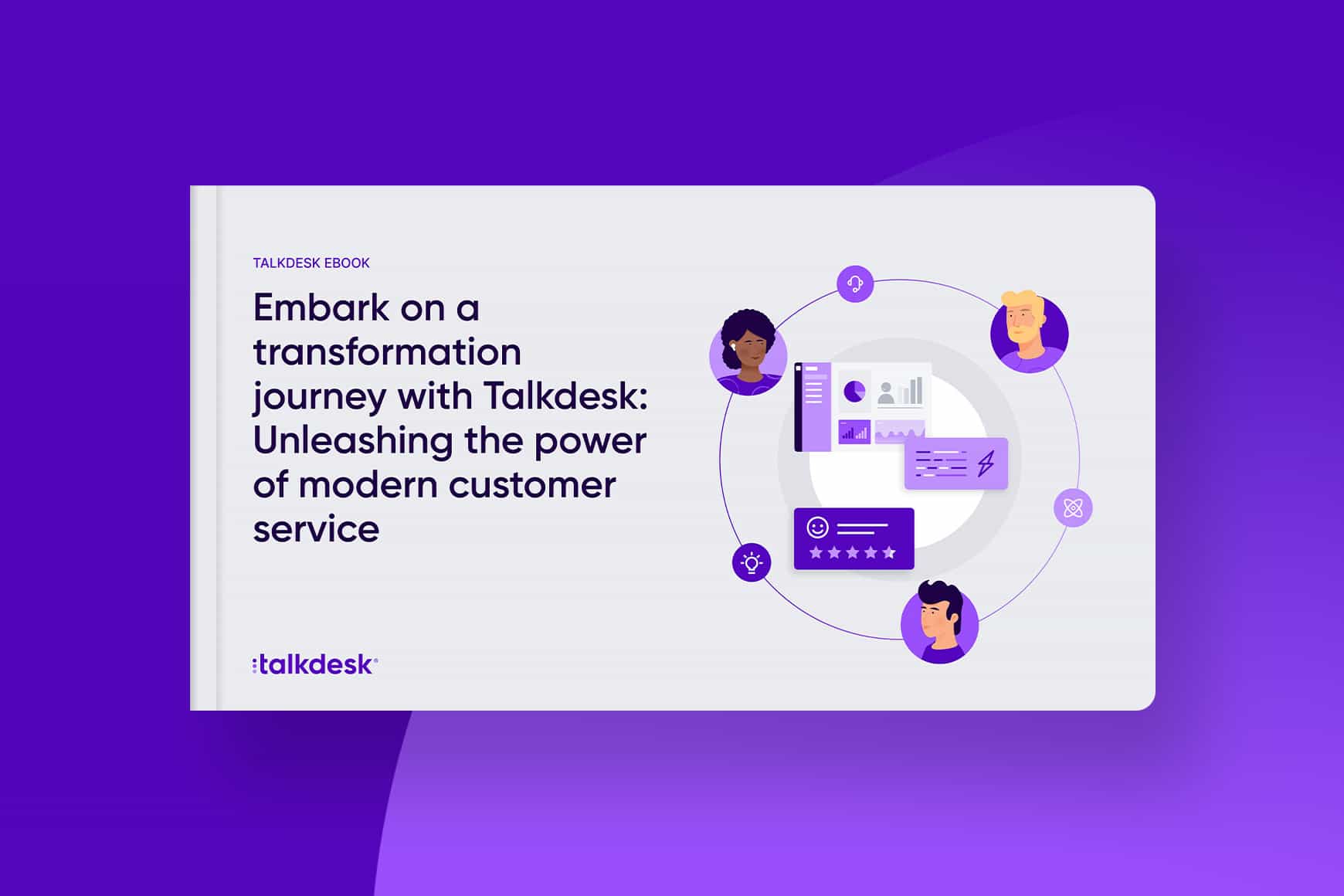15 damage control techniques for call center agents

By Celia Cerdeira
0 min read

Human agents are the call center workforce, and mistakes are inevitable, so they need to be trained in damage control techniques.
When they can resolve issues efficiently– whether they were caused by human error or something else—agents can make customers feel heard and provide the best possible steps forward. The right techniques have the potential to turn an upset customer into a loyal one and transform a bad situation into a successful one. In this blog, we will cover a few tips on call control: how to respond to inevitable errors that happen during customer calls, how to offer a desired solution to a customer’s problem, how to end a call graciously, and more.
Below are 15 damage control techniques for call center agents.
1. Allow customers to talk.
Allow angry customers to talk and express their feelings until they release their frustration and calm down.
2. Show you care.
Use empathy statements to show you understand the customer’s feelings or frustrations.
3. Use the correct tone.
Don’t smile, laugh or mock upset customers. Convey empathy with a soft tone.
If you’d like to learn more about what makes a great call center agent, read: Top call center agent skills.
4. Don’t offer your opinion.
Do not offer your opinion. Offer empathic support and work to solve their problems effectively.
5. Don’t react.
Never respond to angry comments. Allow the customer to voice their opinion and interject with a helpful redirection when appropriate.
6. Focus.
When a customer is tangential, redirect the conversation back to the important issues and focus their attention on constructive solutions.
7. Use verbal softeners.
Use words like “likely,” “typically,” “perhaps,” “sometimes,” “possibly”, or “occasionally” with customers who might not respond well to categorical words like “always” or “never.”

EBOOK
Embark on a transformation journey with Talkdesk: Unleashing the power of modern customer service.
This eBook is your roadmap to leveraging Talkdesk’s industry-leading expertise, cutting-edge platform, and unwavering support to deliver modern customer service your way.
8. Assume responsibility.
When something goes wrong, assume responsibility. Assume that every problem is your company’s fault.
9. Admit mistakes.
Be honest and open about mistakes. This will increase the customer’s respect for you and your company.
10. Apologize for.
After an error, apologize and be sincere. Then, refocus on solving the problem.
11. Agree with.
Find something to agree with the customer about. An agreement will result in collaboration and cooperation.
12. Use silences.
When customers talk, listen and wait for silence. When your customer has stopped talking, then summarize their main point and work together on a solution.
13. Reward.
Give useful and valuable rewards for inconveniences or issues. The customer will appreciate the effort.
14. Use timeouts.
If customers are frustrated, annoyed, or are not capable of engaging in a productive conversation, allow them the opportunity to think by themselves for short periods. Then, address their concerns effectively.
15. Set limits.
When customers refuse to act constructively and alternative methods have been exhausted, set limits and end the interaction.
Excellent customer support is essential for any business. When there is a conflict, rupture in the alliance, or a mistake has been made, the techniques described above will help call center agents win back the respect, patronage, and loyalty of the customer. When implemented correctly, these techniques can have a large impact on any company’s bottom line.
Takeaways.
To establish good call control during a customer service call, it is important to listen to the customer and stay calm during the situation. As a call center agent, keeping your cool during difficult conversations is an extremely important skill. This is because, at some point or another, each call center representative finds themselves in a tense situation with a difficult customer.
Whether this interaction was caused by human error or something else, simply handle it with grace and take ownership of any mistakes on your end—whether real or perceived. In many cases, diffusing tension in the right way will gain back the customer’s loyalty, benefiting your entire brand’s reputation.
FAQs.
What is call control?
Call control is the skill of graciously resolving a difficult call and ending it at the appropriate time. Call center agents can practice good call control by not reacting to a tense situation and staying focused on the conversation. It also helps when they apologize sincerely for mistakes, whether or not they were actually caused by the company. In addition, it helps to agree with the customer when they are upset and complaining about something and to offer rewards or perks to the customer.







